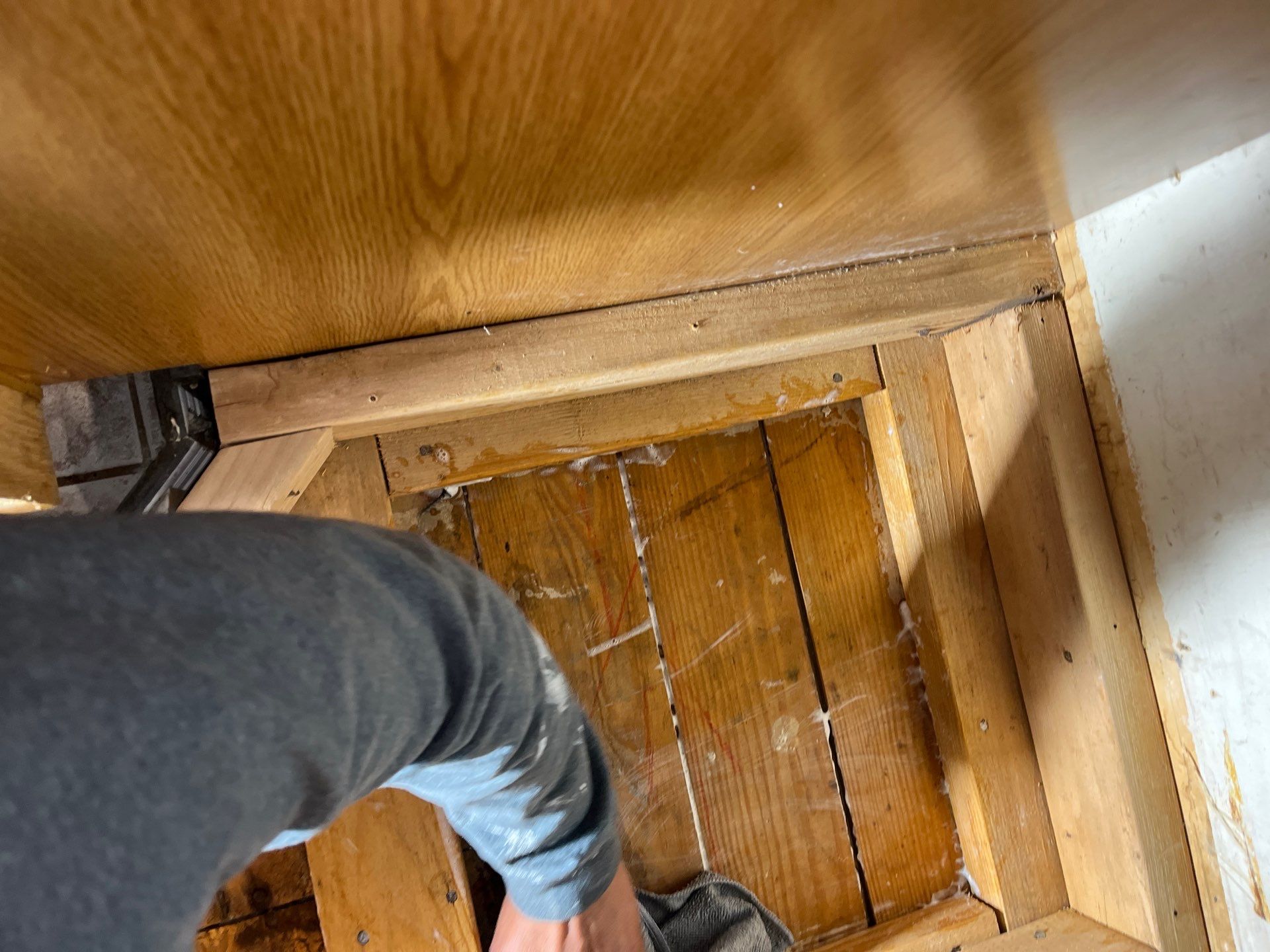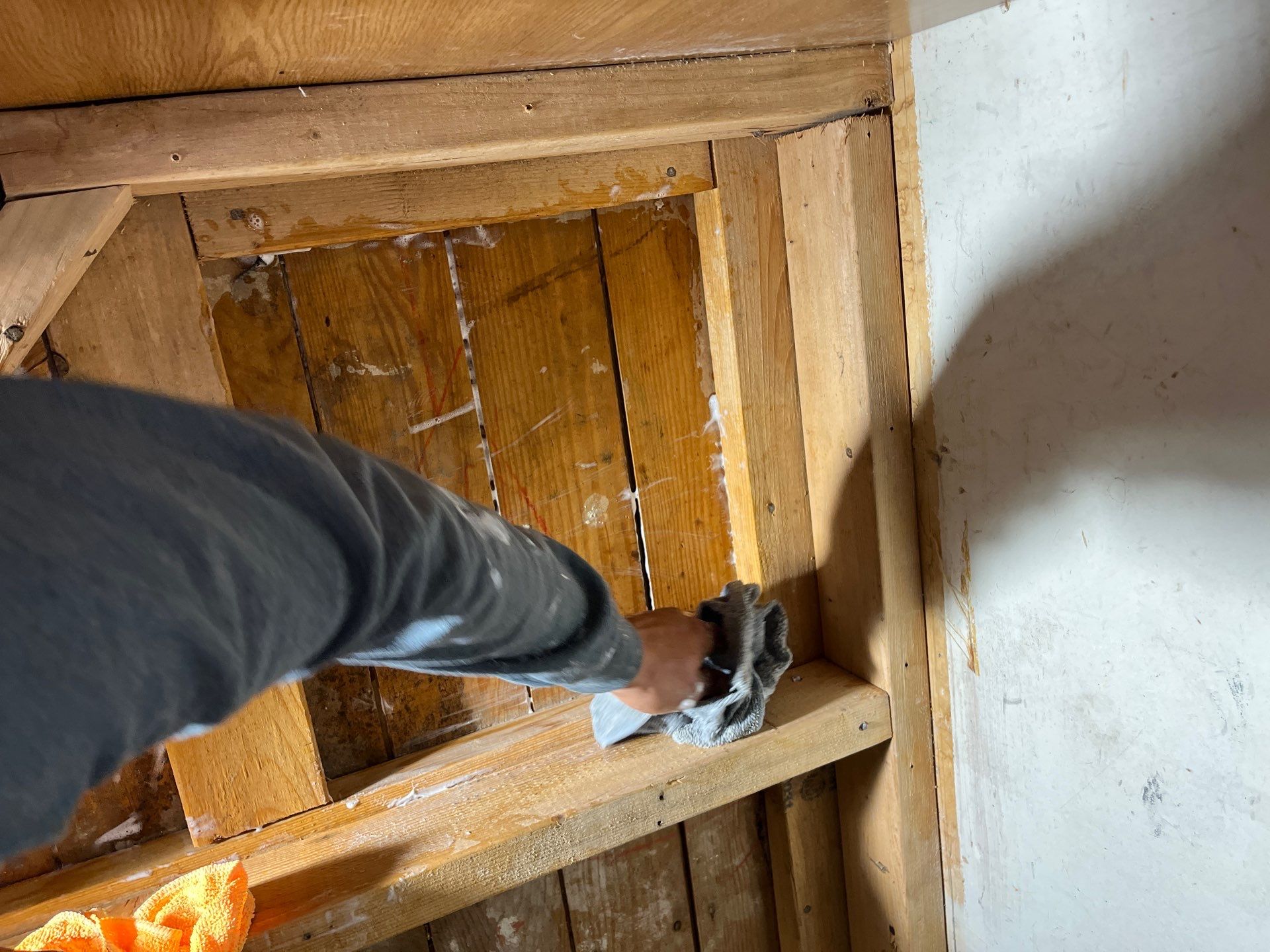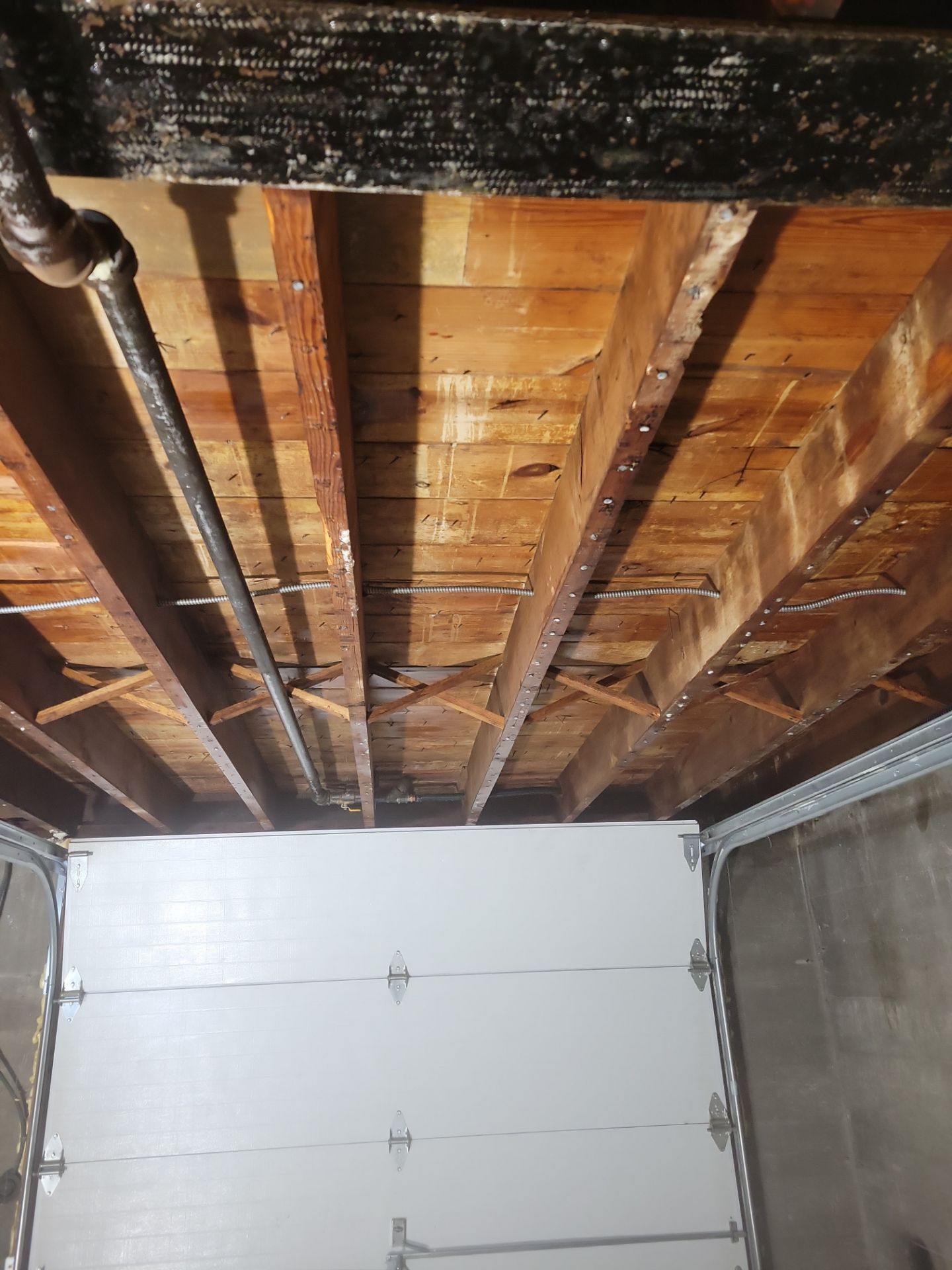Worried About Mold in Your Freehold Home? Here’s What You Should Know
If you’ve noticed musty odors, strange stains, or unexplained health issues, mold might be the cause—and you’re not alone. Mold growth is a common concern for homeowners in Freehold, especially after water damage, poor ventilation, or persistent humidity. At Nash Everett, we help people like you regain peace of mind with thorough mold inspections, testing, and remediation solutions tailored to your home.
Why People in Freehold Suspect Mold or Poor Indoor Air Quality
Many local residents reach out after observing signs that something isn’t right in their indoor environment. Common reasons include:
– Persistent allergy-like symptoms without seasonal patterns
– Recent plumbing leaks, roof leaks, or basement flooding
– Musty, damp odors in closed rooms or basements
– Visible dark patches on walls, ceilings, or furniture
– Difficulty breathing or fatigue when indoors
These indicators suggest more than a surface-level issue—they often signal mold growth or degraded air quality needing immediate attention.
How Mold Impacts Health If Left Untreated
Mold doesn’t just affect your property—it can have serious consequences for your health. Prolonged exposure to mold spores can trigger:
– Respiratory issues such as coughing, wheezing, and shortness of breath
– Skin rashes or irritation
– Chronic sinus congestion and headaches
– Exacerbation of asthma or allergic conditions
– Immune system complications in sensitive individuals
Vulnerable groups such as children, seniors, and people with existing health conditions are especially at risk when mold is present.
Common Testing Methods to Detect Mold and Indoor Air Problems
Accurate mold detection is critical to determine the extent of a problem. Nash Everett uses advanced, science-backed approaches to help uncover the root causes of indoor air issues:
– Air sampling to detect invisible mold spores
– Surface testing for visible growth on walls or ceilings
– Moisture mapping using infrared tools
– HVAC system inspections to identify mold spreading through ventilation
These diagnostic tools allow us to confirm whether you’re dealing with mold, and if so, how far it’s spread within your home.
What Happens During Mold Remediation?
If mold is confirmed, prompt and precise remediation is key. Nash Everett follows a structured, EPA-compliant process to ensure safe removal:
– Isolate contaminated areas to prevent cross-contamination
– HEPA vacuum and filtration to capture airborne spores
– Physical removal of affected building materials if needed
– Antimicrobial treatment to sanitize and prevent regrowth
– Post-remediation air testing to confirm success
Every step is handled with care to protect your health, your home, and your belongings.
How Mold Gets Into Your Freehold Property
Mold thrives in moisture-rich environments and often starts growing undetected. It can be triggered by:
– Poor ventilation in bathrooms, attics, or basements
– Flood damage or persistent dampness
– HVAC systems with clogged filters or hidden condensation
– Foundation cracks or leaks that let in rainwater
Even everyday activities like cooking, bathing, or using humidifiers can increase indoor moisture if not properly balanced.
The Nash Everett Difference
As a trusted mold removal and indoor air quality company serving Freehold and surrounding New Jersey communities, Nash Everett brings deep expertise, certified processes, and client-first care to every job. Our team is licensed, insured, and fully trained in mold detection, remediation, and air quality improvement.
We don’t just treat mold—we help homeowners understand what caused it, how to prevent it, and how to improve the safety and livability of their homes long term.
Supporting Services for Healthier Living Spaces
Beyond mold removal, Nash Everett provides valuable services to enhance your home’s air quality:
– Indoor air quality testing to identify hidden pollutants
– Toxic material testing for peace of mind
– Personalized guidance and education to prevent future issues
Our holistic approach means you’re not just fixing the mold problem—you’re improving the health of your entire home environment.
Serving Freehold and Surrounding Areas
If you’re located in Freehold or nearby, Nash Everett is your local expert for indoor air quality solutions. Every home has a story—let us help yours be healthier, cleaner, and mold-free.










